Heap Leaching Economics
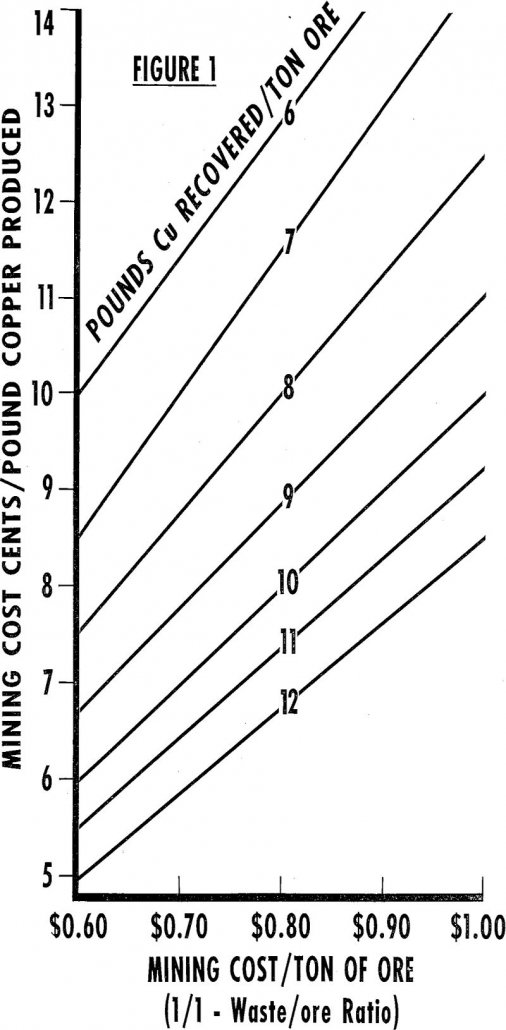
Expanded markets for copper in the past few years and a consequent search for new ore bodies have revitalized the widely known but seldom applied method of producing copper called heap leaching. This term should be differentiated from dump leaching in that the latter is applied to dumps of mixed oxide and sulfide ores (although […]
Fly Ash as a Portland Cement Raw Material

In 1966, approximately 125 million tons of raw materials, exclusive of fuel, air, water, and power were consumed to produce almost 74 million tons of portland cement in the United States that is about 3,400 pounds of raw material per ton of finished cement produced. To present the figure in another way, a single plant […]
Emulsion Flotation
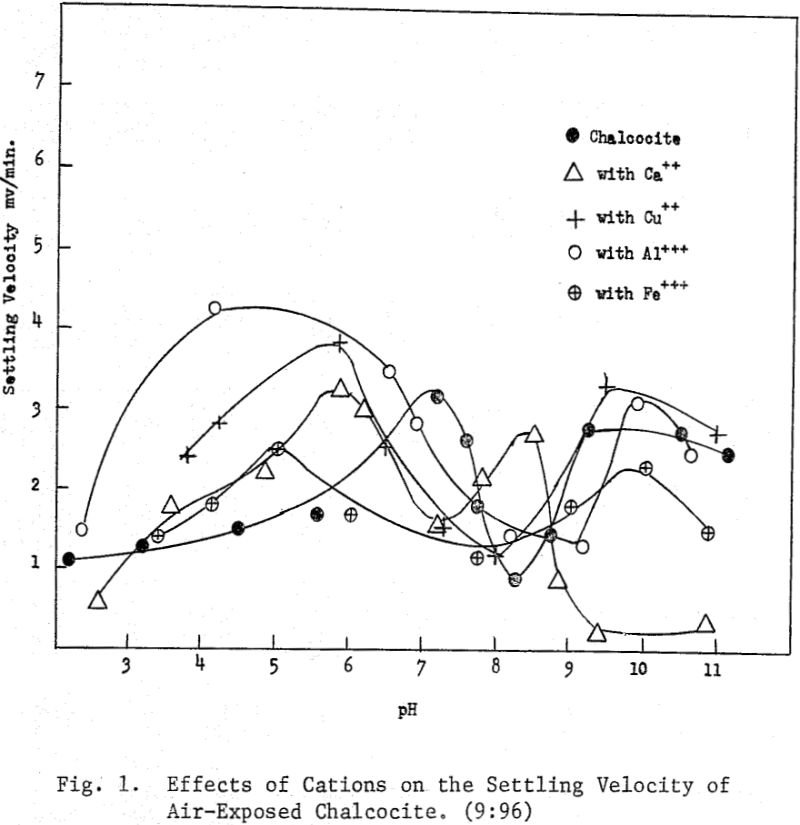
Because of the extensive surface area of oil droplets in emulsions, emulsion flotation offers possibilities for the recovery of finely divided mineral particles. Surfactants must stabilize the emulsion and possess an affinity for the desired minerals. Other important factors are the nature of the emulsion ingredients, the relative volumes of the continuous and discontinuous phases, […]
Removal of Iron from Aluminum Sulfate Solutions
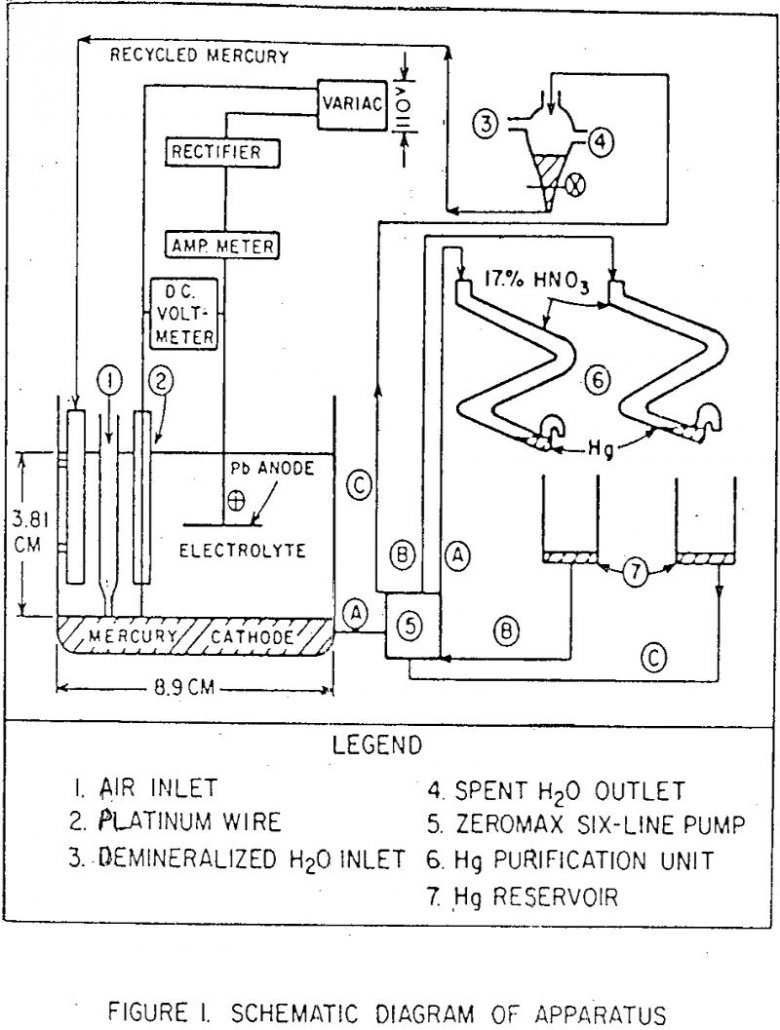
A study on the sulfuric acid extraction of alumina from some Pennsylvania ferruginous clays indicated that the published electrolytic method seems to be more efficient than the known chemical methods for removing iron from the leach liquor. The main disadvantages of the chemical methods are the consumption of excessive amounts of reagents and/or the precipitation […]
Dump Leaching
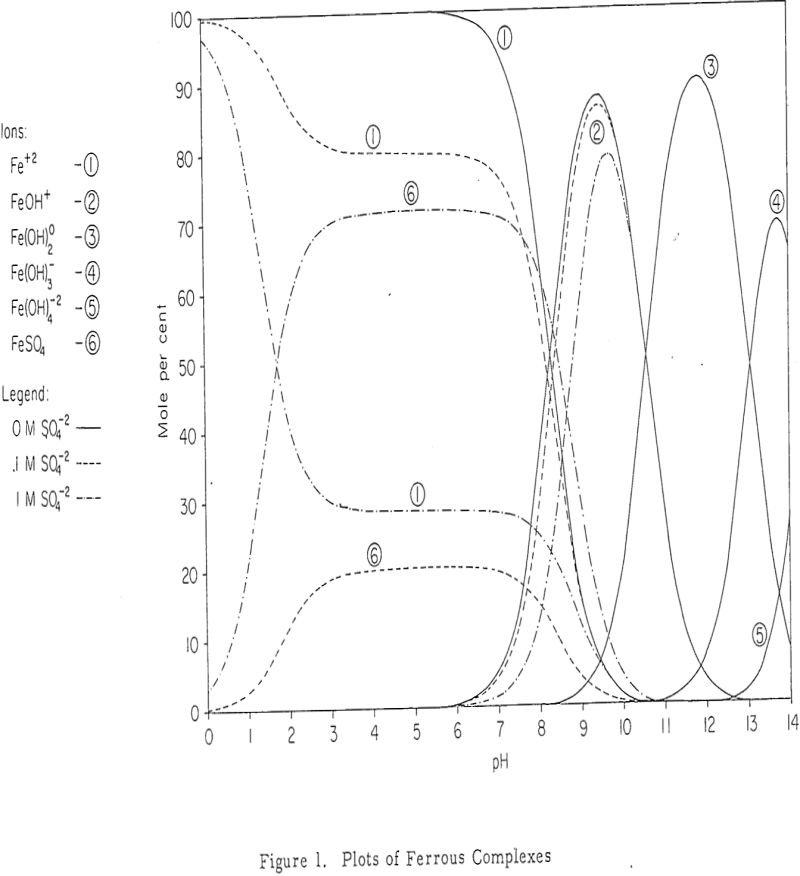
The dump leaching of low-grade copper ores, as an integral part of the open-pit mining operations in the Southwest, has been practiced for the last fifty years and is increasing in importance as one of the major sources of copper. The recent acceleration in dump leaching can be attributed to the greater tonnages of low-grade […]
Bin Design and Construction

For many years, the Machinery Division of Dravo Corporation has been designing and constructing bins and bunkers as part of overall plant facilities. We have designed bins to handle a variety of materials including coal, coke, iron ores and concentrates, sintered and pelletized ores, calcined and raw limestone, bentonite, alloys for BOF shops, and even […]
Crushing in the Aggregate Industry
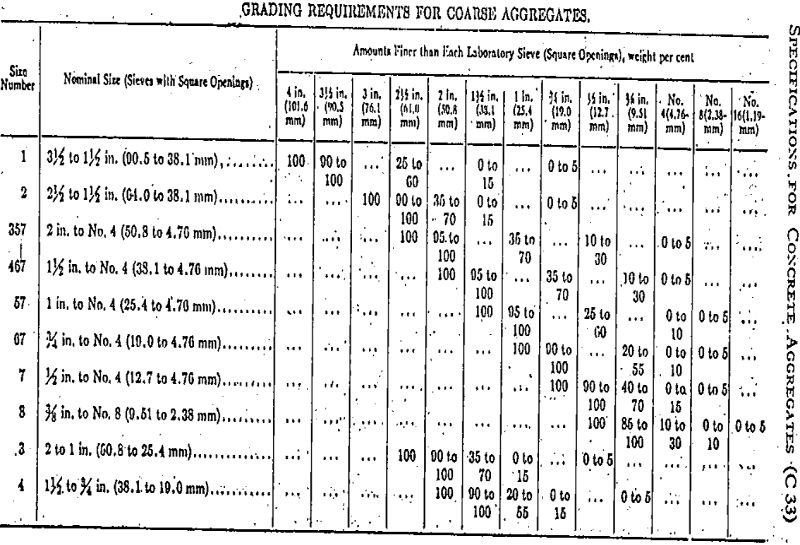
In most industrialized countries, the largest element of the mining industry in physical volume is that devoted to the extraction and processing of materials for use as construction aggregates. These materials come from four main sources: (a) Excavation of unconsolidated deposits of sand and gravel (b) Stone quarrying. (c) Processing of slags and other mineral wastes. […]
Chemical Aspects of Thickening and Clarification

Chemistry plays a more important role in milling operations than is generally recognized, particularly in fluid-solid separation processes. Chemical aspects are also very important insofar as plant water quality is concerned, and in the manner in which this water quality effects plant design and operation. One aspect of the use of mining chemicals which has […]
Beneficiation of Iron Concentrates by Cationic Flotation
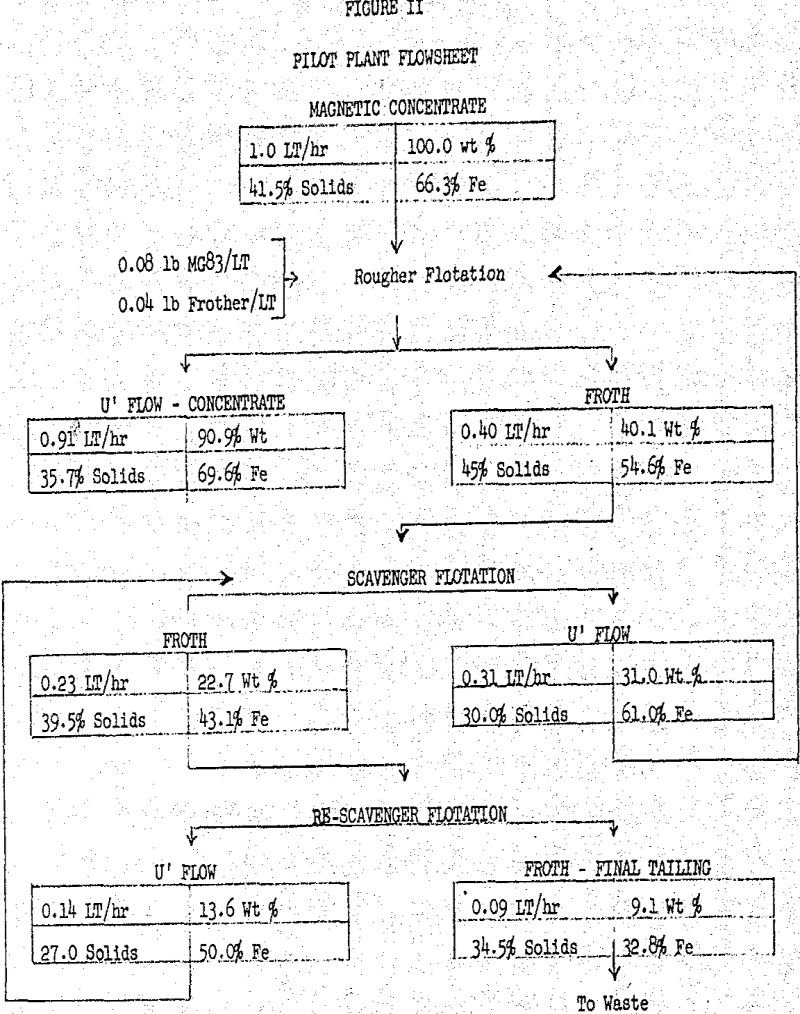
Silica flotation with amine salts has been a commercial process for years in certain non-sulfide mineral systems. Phosphate rock and feldspar deposits are notable examples. Generally, the quartz is clean and coarse. Primary amines and imidazolines are used, usually in a mole weight range 250-300, and often fairly impure grades of collectors are satisfactory. The […]
Dry Grinding Rod Mills – Dry Rod Milling
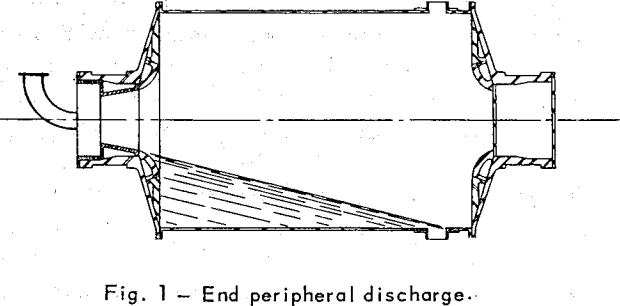
Wet grinding rod mills have been used for 50 years to grind ores and to make specification sand. The application of wet grinding rod mills is well understood. Until recently, there have been very few installations of dry grinding rod mills. The basic principles learned from wet grinding rod mills that were used in the […]
